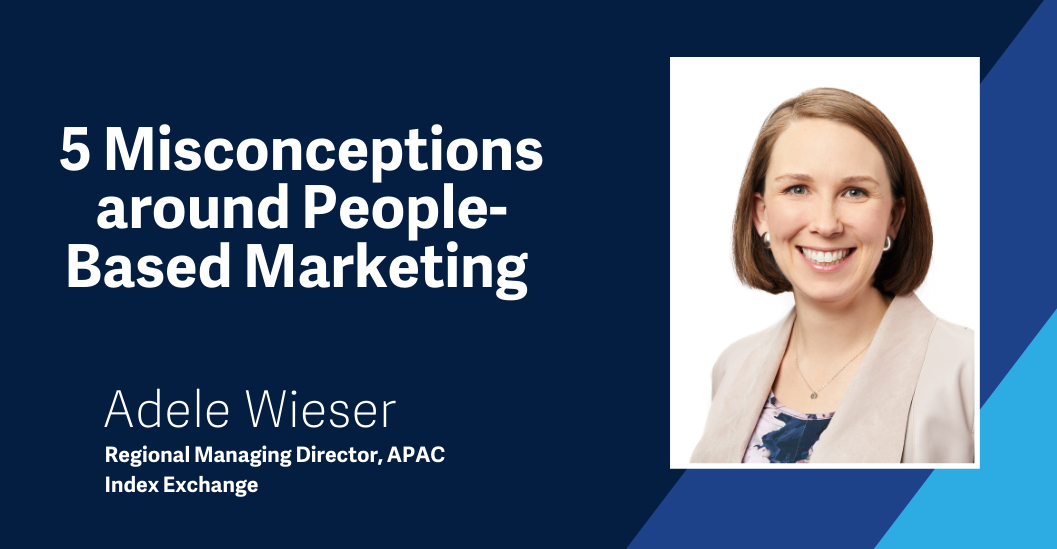
Submitted by Adele Wieser, Regional Managing Director, APAC – Index Exchange
For years we have used third-party cookies to track consumer behaviours – from website visits to analysing clicks – to better serve advertisements to users. But the way we use and track digital behaviours are drastically changing by 2022. Earlier this year, Google announced that it will be phasing out third-party cookies on Chrome. So what does that mean for the digital ad industry?
Here we set the facts straight about what the end of the third-party cookie means and how people-based marketing will change our digital advertising industry for the better.
Myth One: The demise of the third-party cookie was a quick and sporadic decision
Back in the mid-2010s, predictions around the demise of the third-party cookie were discussed saying that cookies are flawed and invasive. With growing concerns around consumer privacy, it’s no surprise that these conversations have since evolved into actions.
Ultimately, a shift to people-based marketing – an individualised marketing experience by utilising a single ID across multiple devices and/or channels – will lead the industry in a user-first stance around choice, transparency, privacy and control. For us to create the best possible solution we must work together – publishers, buyers and tech providers – on building solutions that create a more efficient and user-focused means of addressability.
Myth Two: Measurement and attribution will not be possible in a post-cookie world
Although how marketers reach consumers will change – people-based marketing breaks down the tracking issues that once plagued the third-party cookie. With this new and improved, people-based marketing measurement system, marketers will be able to analyse campaign performance across channels and gain deeper insight into consumer behaviours.
With people-based data and tools, marketers are able to tie actions directly to real people wherever they may be and close the measurement gaps that exist today.
Myth Three: People-based marketing only works on a single device or channel
The opposite, in fact, is true – the point of people-based marketing is to bridge all of the data gaps that third-party cookies created. Desktop once ruled the internet but as technology continued to advance and consumer behaviours changed with it – a multiple device reality has set in – especially with mobile now accounting for 54 percent of total digital spend.
Both big and small marketers need to measure the entire marketing lifecycle, across devices and channels and people-based marketing can help better track those behaviours. That means when a marketer is viewing the interactions of a targeted user they are seeing an all-encompassing picture.
Myth Four: Marketing will continue to focus on mass reach instead of providing personalised messages to users
Since the digital era has arrived, marketer’s focus has shifted from the mass appeal to personalised experiences. And to do so a marketer must better understand basic human behaviour so that a targeted marketing campaign is executed well. Marketers will continue to deliver personalised messages without sacrificing user trust but complying to privacy rules.
Myth Five: People-based marketing only works well with certain industries
Every sector can benefit from a targeted and personalised approach – 91 percent of consumers say they are more likely to shop with brands that provide offers and recommendations that are relevant to them.
This is our opportunity to lean into innovation and put the consumer first. We must reignite our purpose as advertisers to connect with the consumer with impactful messages and creative. As we set out in the uncharted territory and begin to rebuild the ecosystem together we need to ensure the digital advertising is future proof, not just “today proof”.